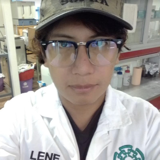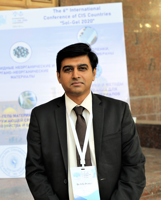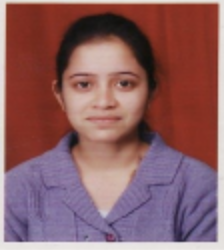Optical Spectroscopy



Section Collection Information
Dear colleagues,
The optical properties of materials are important for industrial and academic applications in a variety of research fields such as solar cells, light-emitting diodes (LEDs), laser, biology, sensors, astronomy ...etc. Substantial efforts have been made to design and synthesize materials based on various fluorophores for various purposes. To develop new molecules with desired properties, knowledge of the chemical and physical properties of previously studied molecules is required. The Optical spectroscopy has always been a fascinating tool for researchers to reveal and study fundamental properties of materials by analyzing the interaction of electromagnetic radiation with matter. In particular, measurements of absorption, emission, scattering, and rotation of light by atoms or molecules provide important structural information and their chemical identification. Furthermore optical properties are widely employed in both industrial and medical fields, for two reasons: they are non-invasive and they have a high resolution, are readily measured using various spectroscopic instruments, such as spectrophotometers which are actively employed to monitor multiple factors using spectral information.
We can mention for example Fluorescence spectroscopy which is commonly used in biology and medicine as it less damaging to biological materials than other methods. As well, the photoluminescence spectroscopy (Absorption, luminescence and excited state energy transfer properties) has become of crucial importance on a large scale in materials related to light-harvesting in organic and inorganic third generation solar cells, for solar water splitting, and in light emitting diodes and many other applications.
It is also desirable that the optical properties of newly designed materials are accurately estimated in advance to reduce development costs. To estimate the optical properties of molecules, empirical rules or theories, such as the first-principles and density functional theory (DFT) calculations have been developed.
For this, it is important to collect new spectroscopy methods application results and theories in different type of interaction scattering, reflexion, absorption, transmission and diffraction. Research articles and reviews in this area of study are welcome.














 Open Access
Open Access